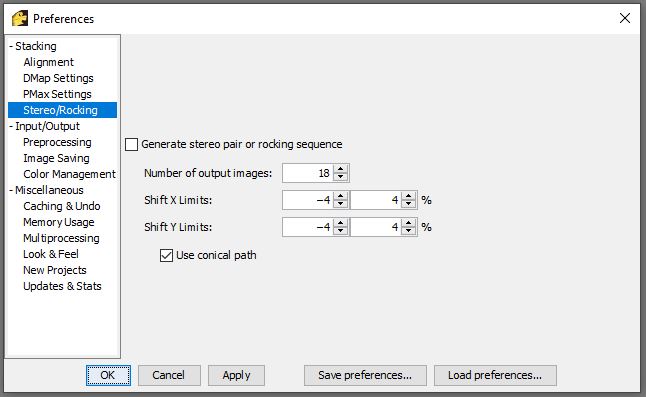Stereo, rocking GIF, video and, a 3D model from a single stack of photos
A picture can sometimes be difficult to interpret. What is it I am looking at, what part of the subject in the picture is closest to me and what parts are further away? Here I am going to show the methods I use to for better visualisation of a single stack of photos. To successfully use these methods the stack cannot be to “shallow”. What is to shallow must be tested. In this case the stack consists of almost 200 photos, to my experience the techniques described below should work with 50 photos and sometimes with less than that.
About the photo above
The picture above is from an article about crane flies that a friend of mine and a colleague of his wrote some time ago. This is the male genitalia of a Crane fly (Tipula cava). The male crane flies have quite complex genitalia that varies from species to species. Tipula cava is quite common in Sweden, and this insect was from the collections of the Swedish Natural History Museum. Canon 6D with a 36mm x 24mm sensor camera, Nikon Plan Apo 4x NA 0.20 microscope objective. The hight of the picture is less than 10 mm and the depth are less than 2 mm. Almost 200 photos stacked with Zerene Stacker and adjusted in Adobe PS.
Stereo pictures from a stack of photos
My to go choice is to make a synthetic stereo picture. Stereos are easy to make, and it is possible to view them on screen or printed. I use Zerene Stacker for this because the stereos made with Zerene Stacker handles complex shapes, bristles and transparent surfaces quite well. It is possible to view and save a stereo pair directly from Zerene Stacker. Or save the individual pictures and merge the stereopair in Adobe PS.
This is the setting I normally use in Zerene Stacker when I want to make a stereo pair. I have found that plus/minus 3 percent usually give me the picture I want. In this case -3% and +3% will stack first the left picture then the right picture for a crossed eye stereo. If I wanted to make a normal stereo for a stereo viewer, I would choose +3 and -3 or swap the pictures in Adobe PS.
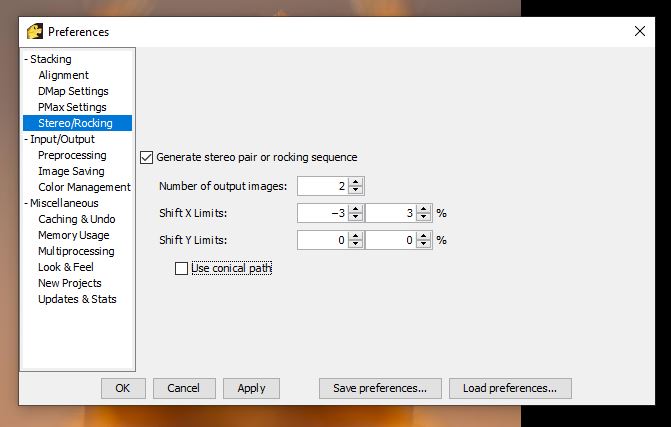
When the pictures are ready, I look at them using Tools > Stereo… > Start Preview
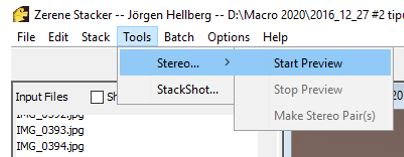
If the stereopair looks ok I can save it with Tools > Stereo… > Make Stereo Pair.
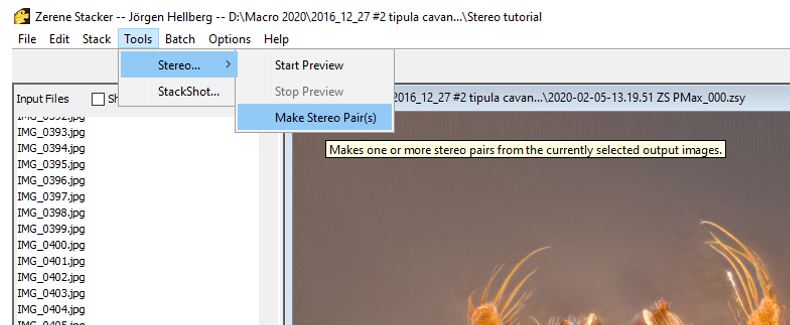
This is the stereo pair from Zerene Stacker. With the settings I used it is a crossed eye stereo pair.
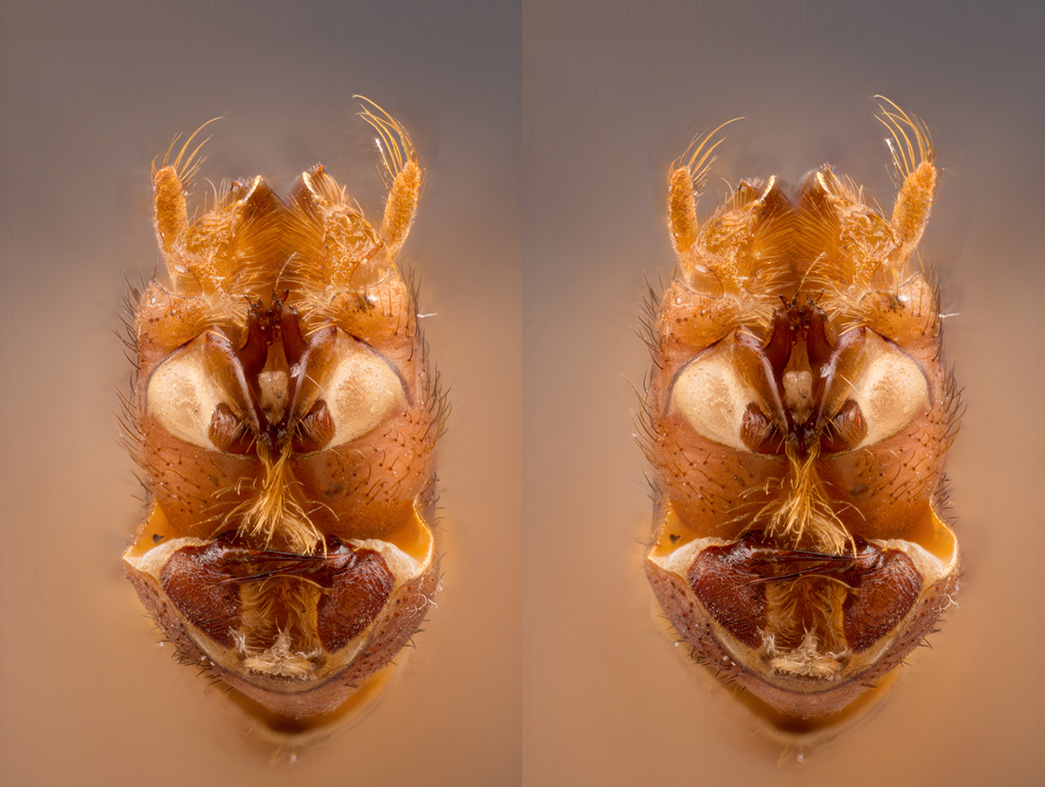
And this is a normal stereo pair for viewing with a stereo viewer.
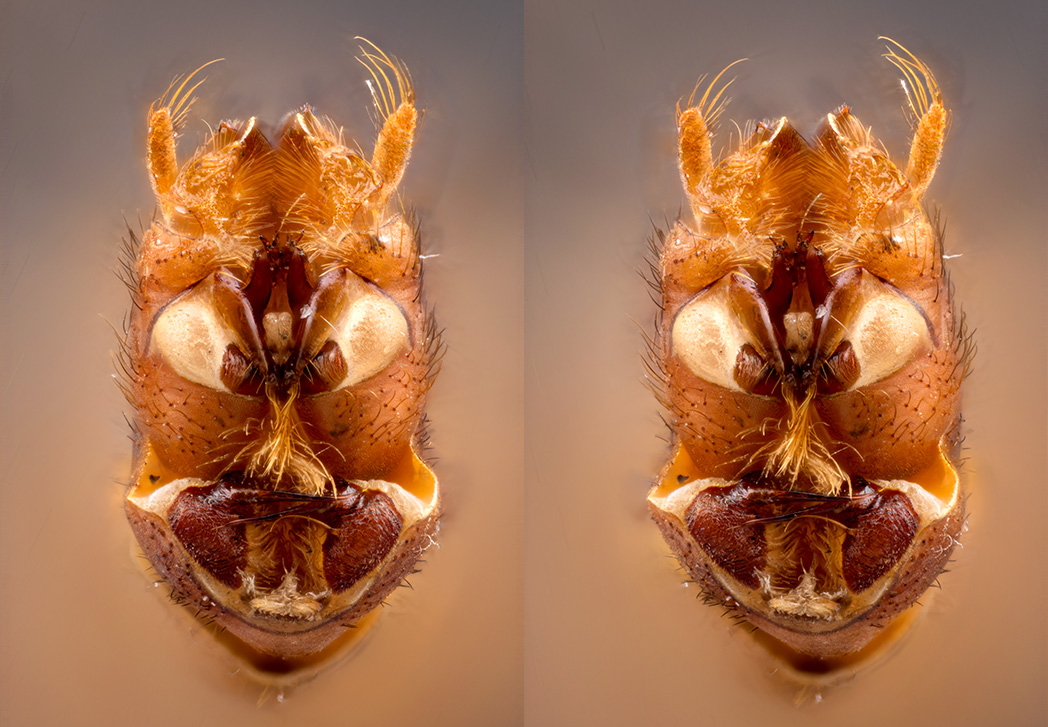
It can be hard to learn how to view crossed eyed stereos and it can be unpractical to have a stereo viewer at hand for normal stereos. Some people cannot see stereo pictures at all. An alternative solution might be using a depth map to create a 3D model.
3D model from depth map
Depth maps are greyscale images that goes from black to white. Both Helicon Focus and Zerene Stacker can create depth maps. To the left is a depth map from Zerene Stacker and to the right a depth map from Helicon Focus. Black represent the closest part of the insect.
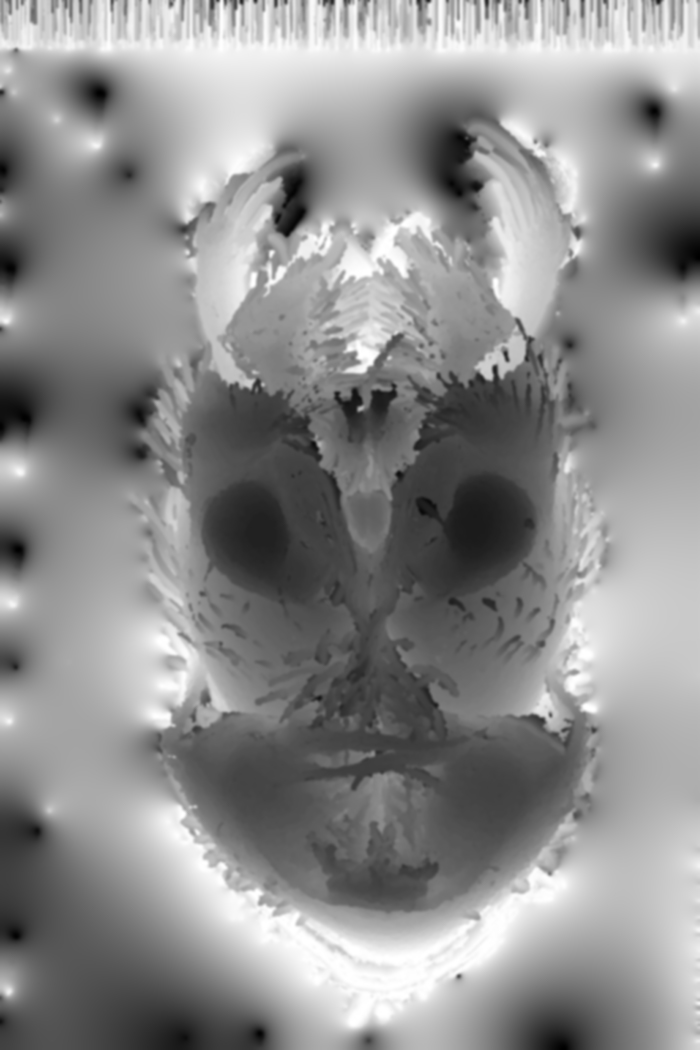
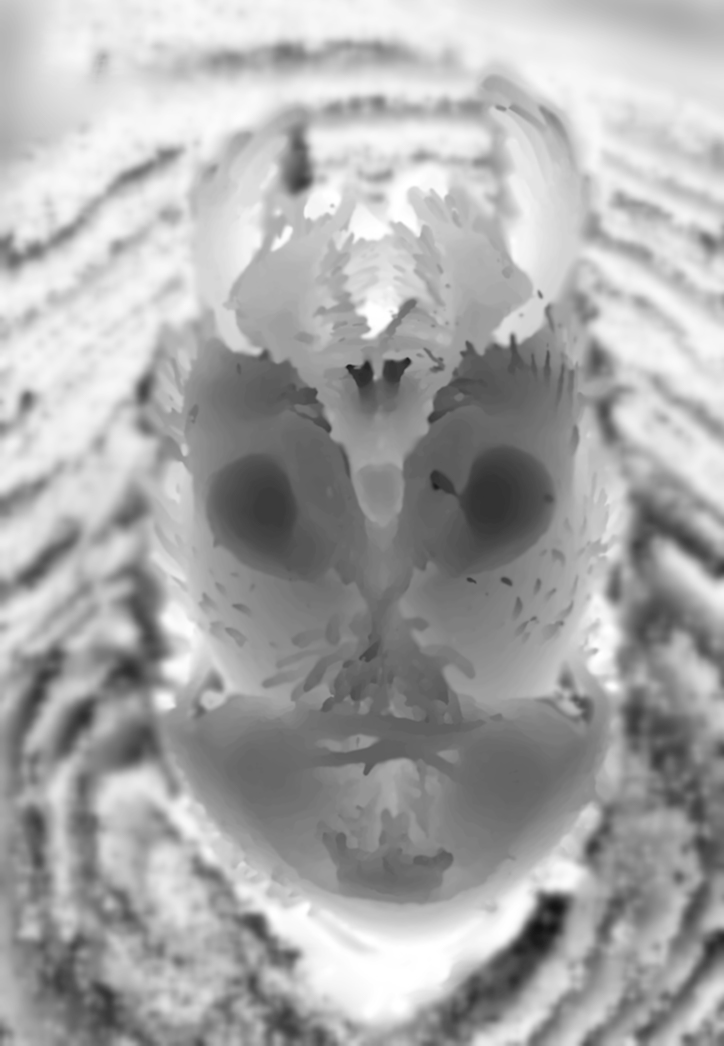
The depth map can be loaded into Adobe PS and used in combination with the stacked picture to create a 3D model. The depth map usually needs some attention. The background should be uniform, and the rest of the depth map usually needs a lot of smoothing/blurring to look ok. In Photoshop it is possible to scale the model, if you want to do that. I have an old post about this at photomacrography.net. A much quicker way is to use File > Export > Export 3D model function in Helicon Focus.
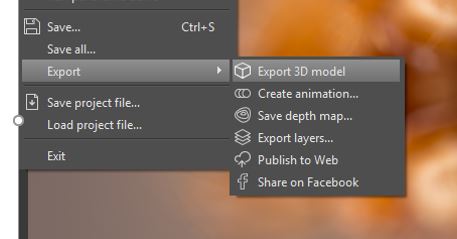
This will open Helicon Focus 3D Viewer
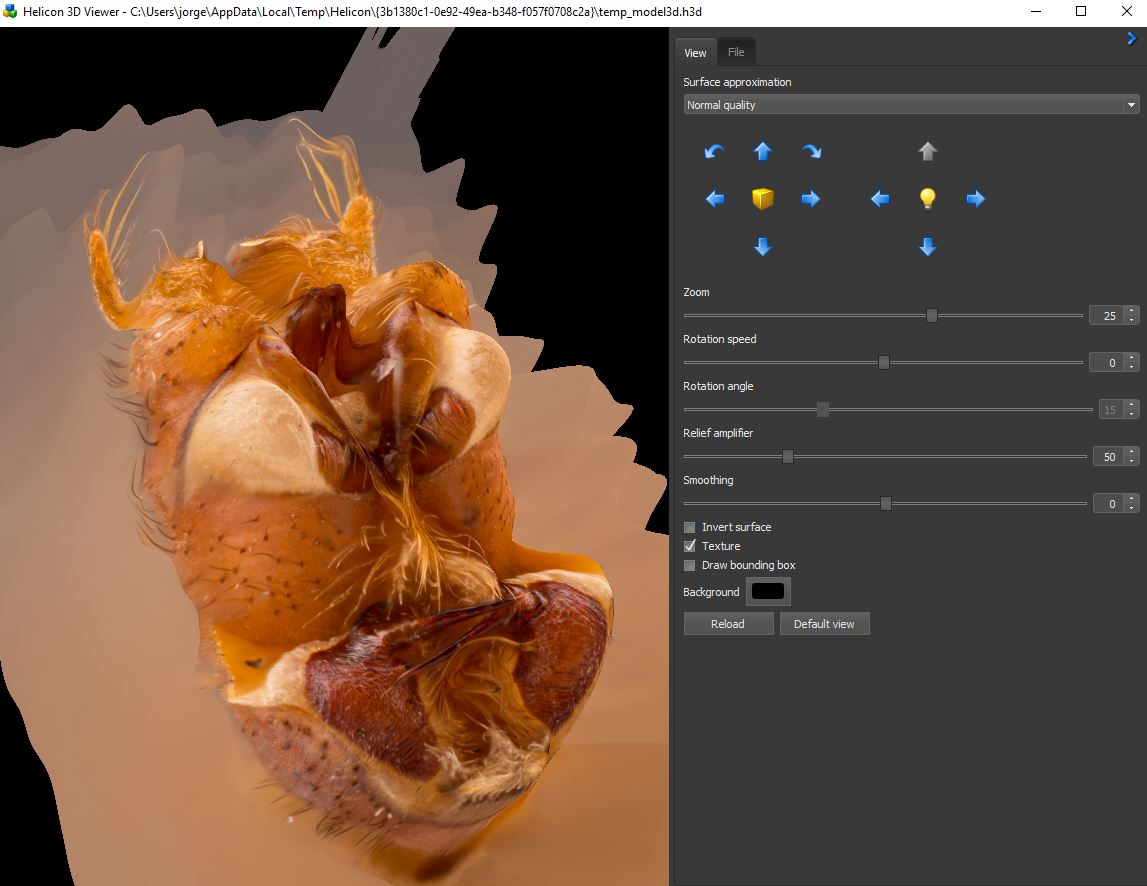
If this model is ok, it can be saved. In this case I did not like the uneven background, so I retouched the entire background from one source layer. This can be done with Helicon Focus Retouching. I used one of the middle layers as a source layer. To check the progress, I used Helicon Focus retouching function, show depth map, marked with the blue line in the picture below.

Here is a final 3D model uploaded to Sketchfab. Click on it to move it around.
As can be seen this is a quick way to visualize the main structures of the object. Moving a 3D model on the computer can be interesting and easier than looking at a stereo picture. But compared to the stereo picture a depth map model needs smoothing and that smoothing means that smaller structures like hairs and bristles is not rendered correctly. A 3D surface like this will also have problems with reflections and transparent surfaces. This is not a problem for the stereo picture.
In the case that neither a stereo picture nor a 3D model from depth map is the solution you could try a video or a rocking GIF.
Video from a stack of photos
Instead of just letting Zerene Stacker do a pair of pictures shifted right and left for a stereo Zerene Stacker can do all the pictures necessary for a short video like this one below that consist of 175 stacked pictures that generates a video of almost 6 seconds.
Making several hundreds of stacks needed for a video is a time-consuming process so I use to test with a few pictures to see if they turn out all right. Some computer time can be saved if the photos are scaled down before stacking. Video is usually smaller than the original photos so some scaling can be done without losing quality.
Rocking GIF
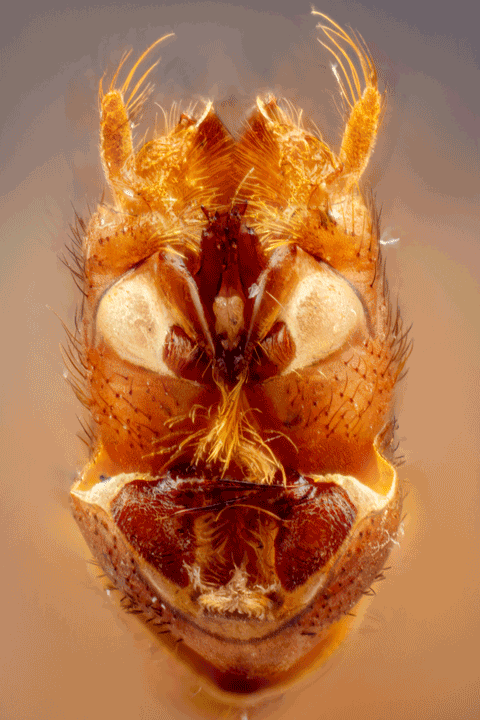
The last example and less time consuming than making a video is a rocking GIF. This GIF is made from 18 pictures with a new function in Zerene Stacker that makes it possible to have a conical path for the picture generation.
I used this setting in Zerene Stacker for the gif above.
